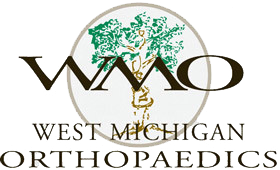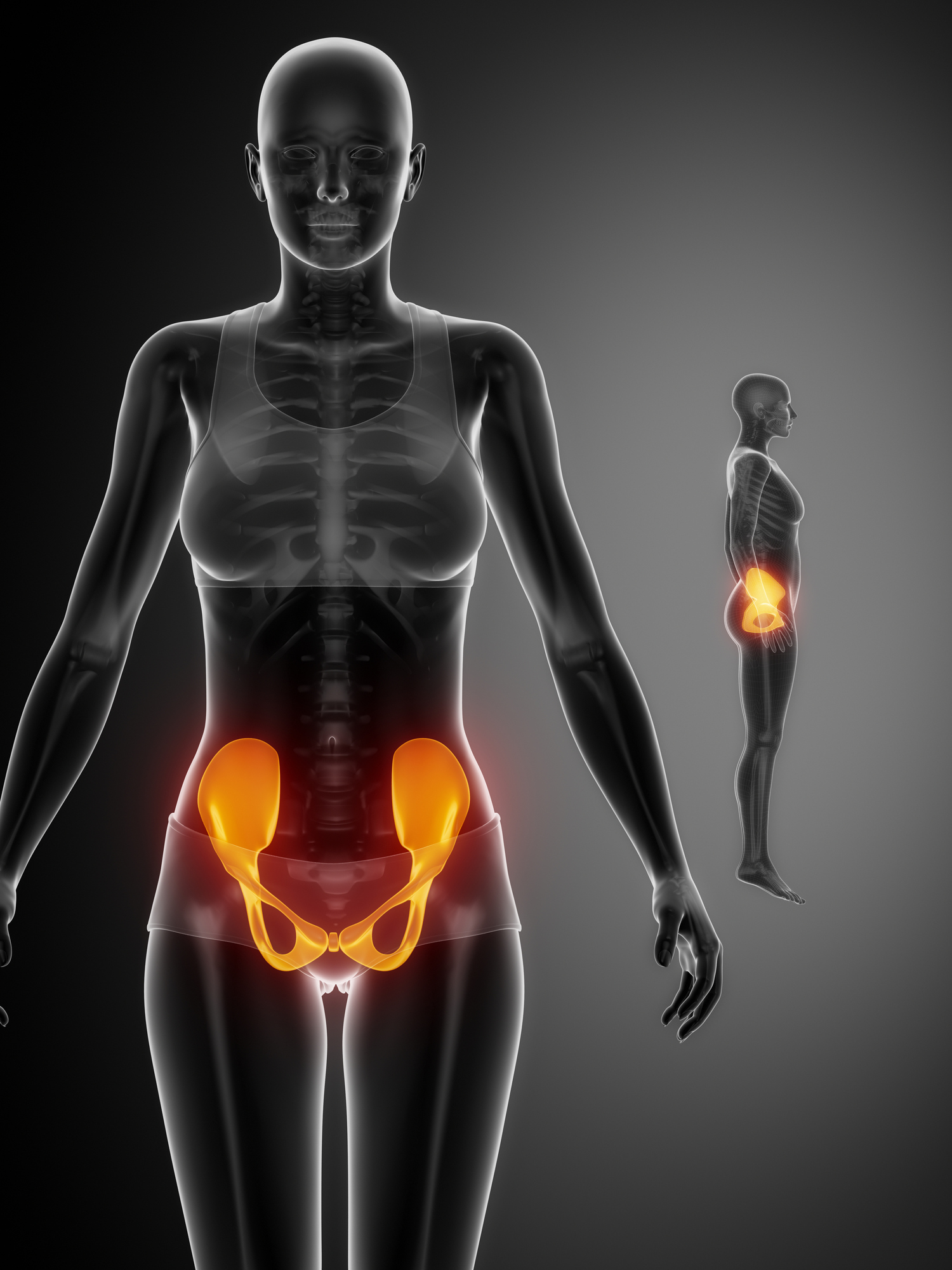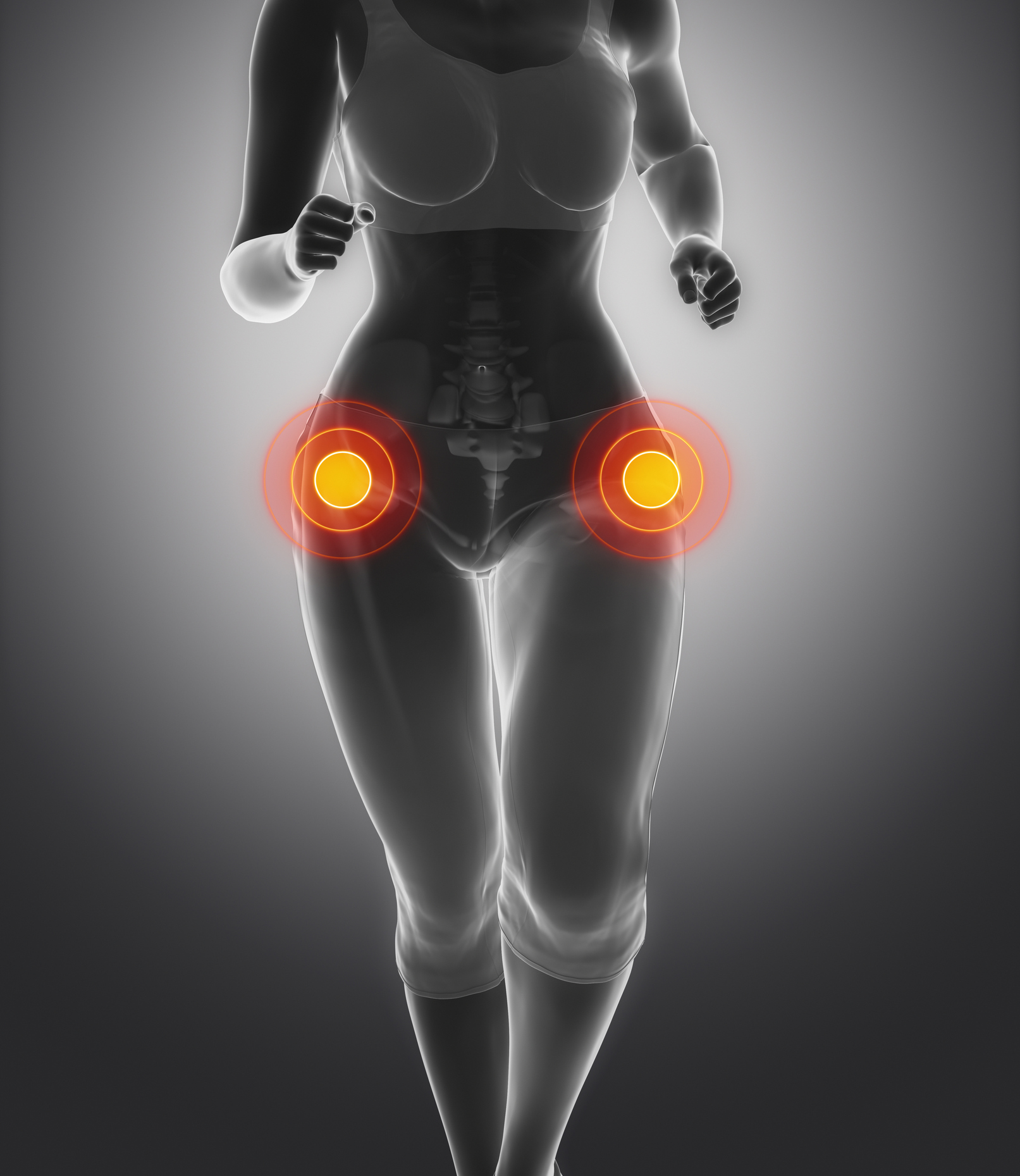Hip arthroscopy is a minimally invasive procedure that allows doctors to view the hip joint without making a large incision. This procedure can treat pain caused by labral tears, cartilage injuries as well as hip flexor tightness and inflammation, which are common among athletes participating in soccer, ballet, gymnastics, hockey and running.
“Arthro” means having to do with a joint and “scopy” refers to being viewed through a scope.
An arthroscopy repair is the least invasion form of surgery. A hip arthroscopy procedure begins with two small incisions around the hip joint. Then, the arthroscope is inserted in one incision and slim surgical tools are inserted through other. The camera helps guide the surgical tools to make the necessary repairs.
The entire procedure takes one to two hours to perform and patients can go home a few hours post-surgery instead of being admitted to a hospital for up to three days, which his common after a traditional hip surgery.
Hip arthroscopy may be recommended if your condition does not respond to nonsurgical treatment like rest, physical therapy or injections.
Since hip arthroscopy is the least invasive form of surgical repair, it offers several benefits over traditional hip surgery:
- Fewer complications
- Less postoperative pain
- Faster recovery time
While recovery and rehabilitation does take time, a hip arthroscopy procedure usually allows you to return to your daily activities and living life to its fullest potential in approximately four to six weeks.
Common injuries treated with hip arthroscopy:
Labral tear: The labrum is cartilage ring that functions like a gasket for the hip. Damage or tearing of the labrum causes pain, particularly with activity, especially hip flexion activities. The labrum often requires surgical repair if torn.
Snapping hip: Tendons that cross the front of the hip (psoas tendon), or side of the hip (IT Band) can cause painful snapping. Sometimes surgical release is needed to treat the snapping.
Impingement: Having a shape mismatch between the ball and socket parts of the hip results in impingement, that damages the cartilage and causes pain. This requires reshaping of the areas that are causing the conflict. This reshaping can often be performed arthroscopically.
Loose bodies: Cartilage, or bony, loose bodies can sometimes get lodged into the hip joint causing mechanical symptoms such as locking or giving way. Removing these loose bodies requires surgical distraction of the joint, which can be performed arthroscopically.
For more information on hip arthroscopy, consult our Hip Arthroscopy Handbook written by Dr. Carl Wierks. (download link)




